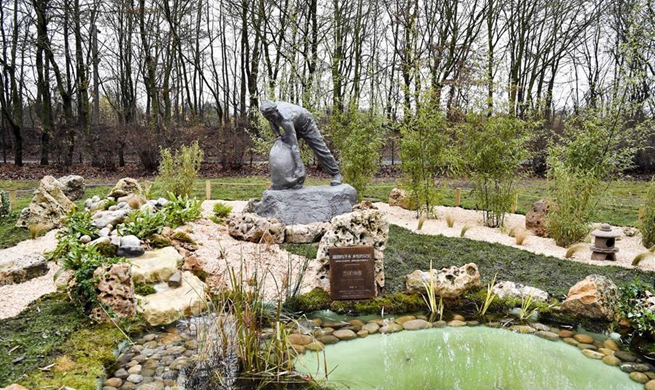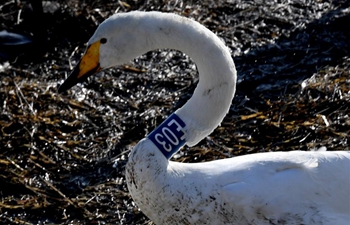SYDNEY, Nov. 28 (Xinhua) -- The disease-induced decline of the Tasmanian devil, the top scavenger in the Australian island state, is having severe repercussions for the broader ecosystem such as allowing carcasses to pile up and invasive feral cats to possibly thrive, according to A latest research.
The Tasmanian devil population, which has been devastated by the Devil Facial Tumour Disease, plays a very important structuring role in the ecosystem as a major predator and scavenger, the University of Tasmania said in a statement about its study on Wednesday.
The researchers analyzed the ecosystems in northern Tasmania and found that the carnivorous marsupials consumed significantly less carcasses in areas hit by the disease, increasing the food supply for smaller scavengers including feral cats, forest ravens and spotted-tailed quolls.
Although smaller carnivores increased their feeding on carcasses, they were found to be much less effective at scavenging than the devils, reported the researchers. As a result, carcasses persisted in the environment nearly three times longer in areas with Tasmanian devils with the facial disease, potentially harboring other diseases in wildlife and livestock, they said.
"We expected common scavengers such as ravens to scavenge more in areas with fewer devils, but we didn't know what to expect with feral cats, because they are thought to prefer feeding on prey they kill themselves," said university researcher Calum Cunningham, who led the report on the findings published in the Proceedings of the Royal Society B academic journal.













